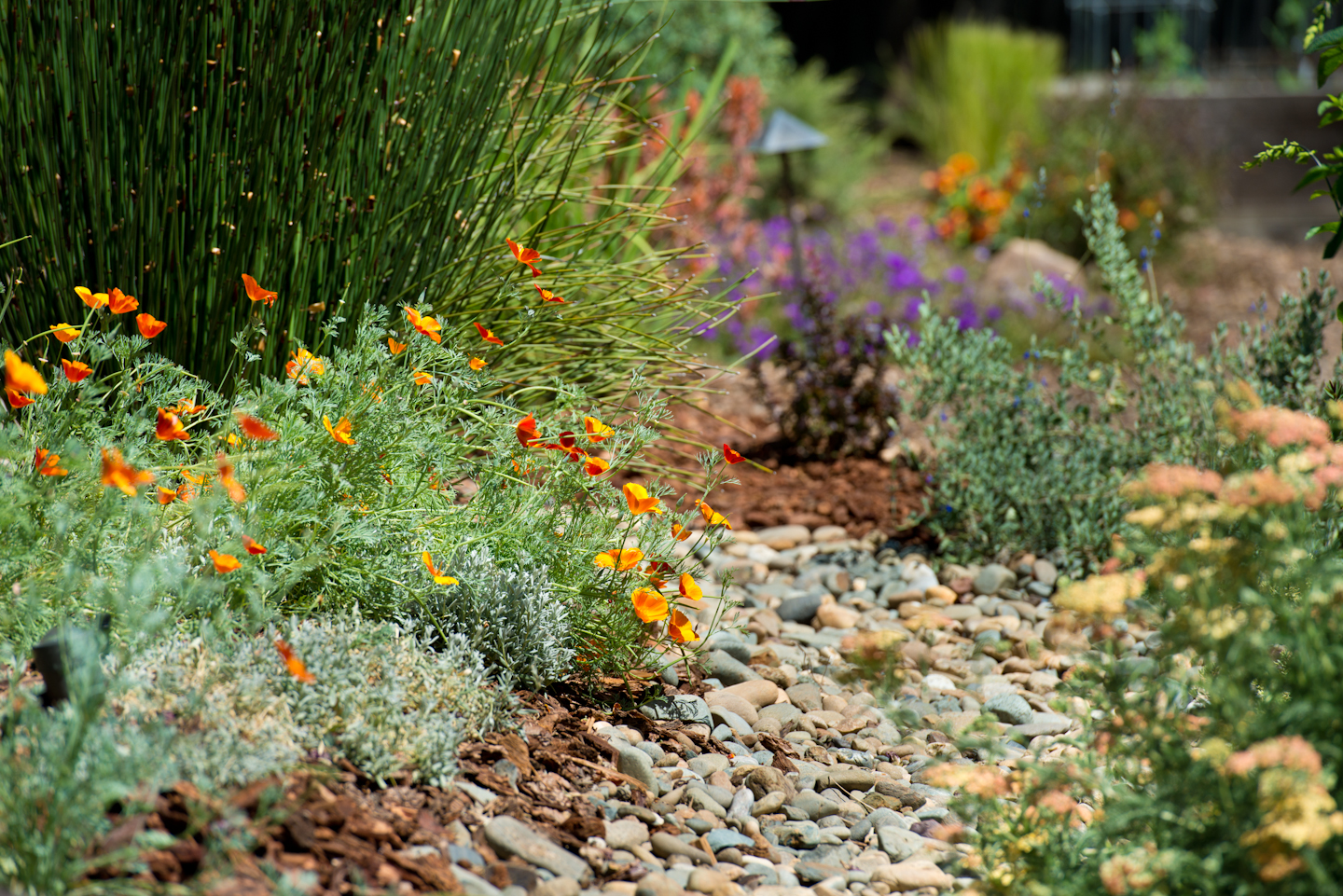LEED CERTIFICATION- Requirements for WE Credit : Outdoor Water Use Reduction
With LEED’s focus on sustainability and environmental performance, water efficiency has always been important in LEED rating systems. A primary goal of LEED v4 is to “Protect and Restore Water Resources.”
The credit for outdoor water use reduction weighs about 1-3 points
- This credit is applicable for New Construction (1–2 points)
- Core & Shell (1–3 points)
- Schools (1–2 points)
- Retail (1–2 points)
- Data Centers (1–2 points)
- Warehouses & Distribution Centers (1–2 points)
- Hospitality (1–2 points)
- Healthcare (1 point)
Requirements
NC, CS, SCHOOLS, RETAIL, DATA CENTERS, WAREHOUSES & DISTRIBUTION CENTERS, HOSPITALITY, HEALTHCARE
Reduce outdoor water use through one of the following options. Nonvegetated surfaces, such as permeable or impermeable pavement, should be excluded from landscape area calculations. Athletic fields and playgrounds (if vegetated) and food gardens may be included or excluded at the project team’s discretion.
Option 1. No Irrigation Required (2 points except Healthcare and CS, 1 point Healthcare, 3 points CS)
Show that the landscape does not require a permanent irrigation system beyond a maximum two-year establishment period.
OR
Option 2. Reduced Irrigation (1-2 points except Healthcare and CS, 1 point Healthcare, 3 points CS)
Reduce the project’s landscape water requirement (LWR) by at least 50% from the calculated baseline for the site’s peak watering month. Reductions must first be achieved through plant species selection and irrigation system efficiency as calculated in the Environmental Protection Agency (EPA) WaterSense Water Budget Tool.
Additional reductions beyond 30% may be achieved using any combination of efficiency, alternative water sources, and smart scheduling technologies.
Table 1. Points for reducing irrigation water
| Percentage reduction from baseline | Points (except Healthcare) | Points (Healthcare) | Points (CS) |
| 50% | 1 | 1 | 1 |
| 75% | — | — | 2 |
| 100% | 2 | — | 3 |
Ways to Reduce Outdoor Water Use –
Water Sense Savings- using water sense label equipments for irrigation

Use of Drip Irrigation System-

Water-Efficient Landscaping –

Using water-efficient plants and irrigation not only looks beautiful, but saves resources and supports biodiversity and natural pollinators.


